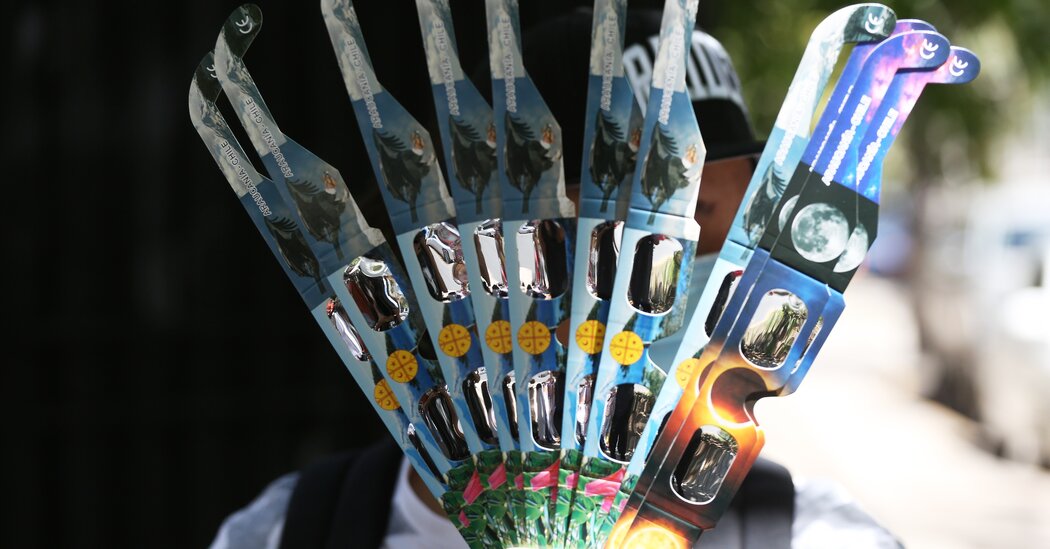
A young woman visited New York Eye & Ear Infirmary of Mount Sinai Hospital shortly after the eclipse of Aug. 21, 2017. She told Dr. Avnish Deobhakta, an ophthalmologist, that she had a black area in her vision, and then drew a crescent shape for him on a piece of paper.
When Dr. Deobhakta examined her eyes, he was astonished. He saw a burn on her retina that was exactly the same shape. It was “almost like a branding,” he said.
She had looked at the sun during the eclipse without any protection. The burn was an image of the sun’s outer edge.
With every eclipse, ophthalmologists see patients who looked at the sun and complain afterward that their vision is distorted: They see small black spots, their eyes are watery and sensitive to light. Usually, the symptoms resolve, although it may take several weeks to a year.
But the woman’s retinal burns, which Dr. Deobhakta and colleagues described in a medical case write-up, would not heal. Her retina was permanently scarred and a sign of the severity of injuries that can follow looking at an eclipse without proper precautions.
With the coming eclipse in April, ophthalmologists advise people to be careful and not assume that short glances at the sun are safe. Damage can occur, they say, in less than a minute.



